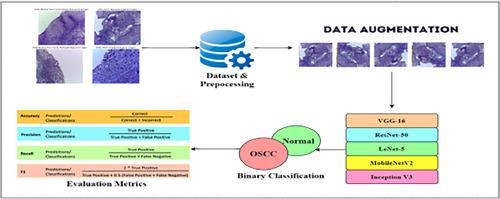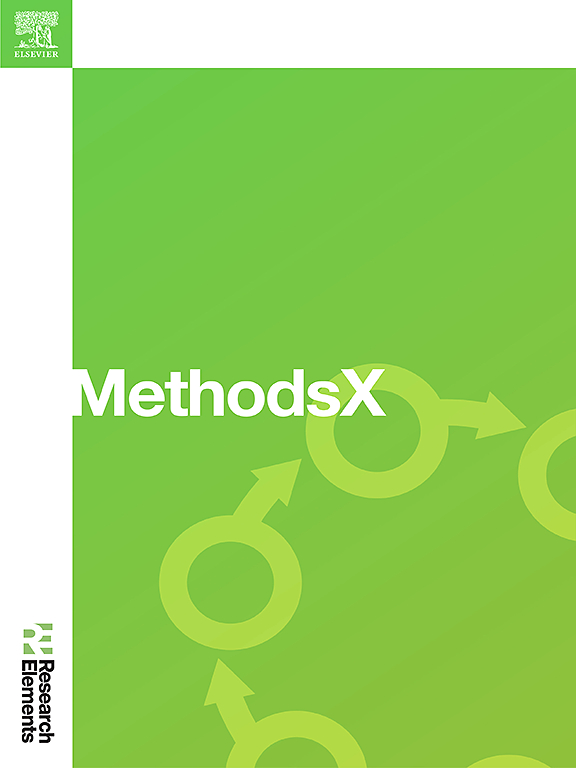Exploring the efficacy of various CNN architectures in diagnosing oral cancer from squamous cell carcinoma
IF 1.6
Q2 MULTIDISCIPLINARY SCIENCES
引用次数: 0
Abstract
Oral cancer can result from mutations in cells located in the lips or mouth. Diagnosing oral cavity squamous cell carcinoma (OCSCC) is particularly challenging, often occurring at advanced stages. To address this, computer-aided diagnosis methods are increasingly being used. In this work, a deep learning-based approach utilizing models such as VGG16, ResNet50, LeNet-5, MobileNetV2, and Inception V3 is presented. NEOR and OCSCC datasets were used for feature extraction, with virtual slide images divided into tiles and classified as normal or squamous cell cancer. Performance metrics like accuracy, F1-score, AUC, precision, and recall were analyzed to determine the prerequisites for optimal CNN performance. The proposed CNN approaches were effective for classifying OCSCC and oral dysplasia, with the highest accuracy of 95.41 % achieved using MobileNetV2.
Key findings
Deep learning models, particularly MobileNetV2, achieved high classification accuracy (95.41 %) for OCSCC.
CNN-based methods show promise for early-stage OCSCC and oral dysplasia diagnosis. Performance parameters like precision, recall, and F1-score help optimize CNN model selection for this task.

探索各种 CNN 架构在从鳞状细胞癌诊断口腔癌方面的功效
口腔癌可能是位于嘴唇或口腔内的细胞发生突变所致。口腔鳞状细胞癌(OCSCC)的诊断尤其具有挑战性,通常发生在晚期阶段。为解决这一问题,计算机辅助诊断方法正得到越来越多的应用。在这项工作中,介绍了一种利用 VGG16、ResNet50、LeNet-5、MobileNetV2 和 Inception V3 等模型的基于深度学习的方法。该方法使用 NEOR 和 OCSCC 数据集进行特征提取,将虚拟幻灯片图像划分为瓦片,并将其分类为正常或鳞状细胞癌。分析了准确率、F1-分数、AUC、精确度和召回率等性能指标,以确定实现最佳 CNN 性能的先决条件。主要发现深度学习模型,尤其是 MobileNetV2,对 OCSCC 实现了很高的分类准确率(95.41%)。精确度、召回率和 F1 分数等性能参数有助于优化该任务的 CNN 模型选择。
本文章由计算机程序翻译,如有差异,请以英文原文为准。
求助全文
约1分钟内获得全文
求助全文
来源期刊

MethodsX
Health Professions-Medical Laboratory Technology
CiteScore
3.60
自引率
5.30%
发文量
314
审稿时长
7 weeks
期刊介绍:
 求助内容:
求助内容: 应助结果提醒方式:
应助结果提醒方式:


